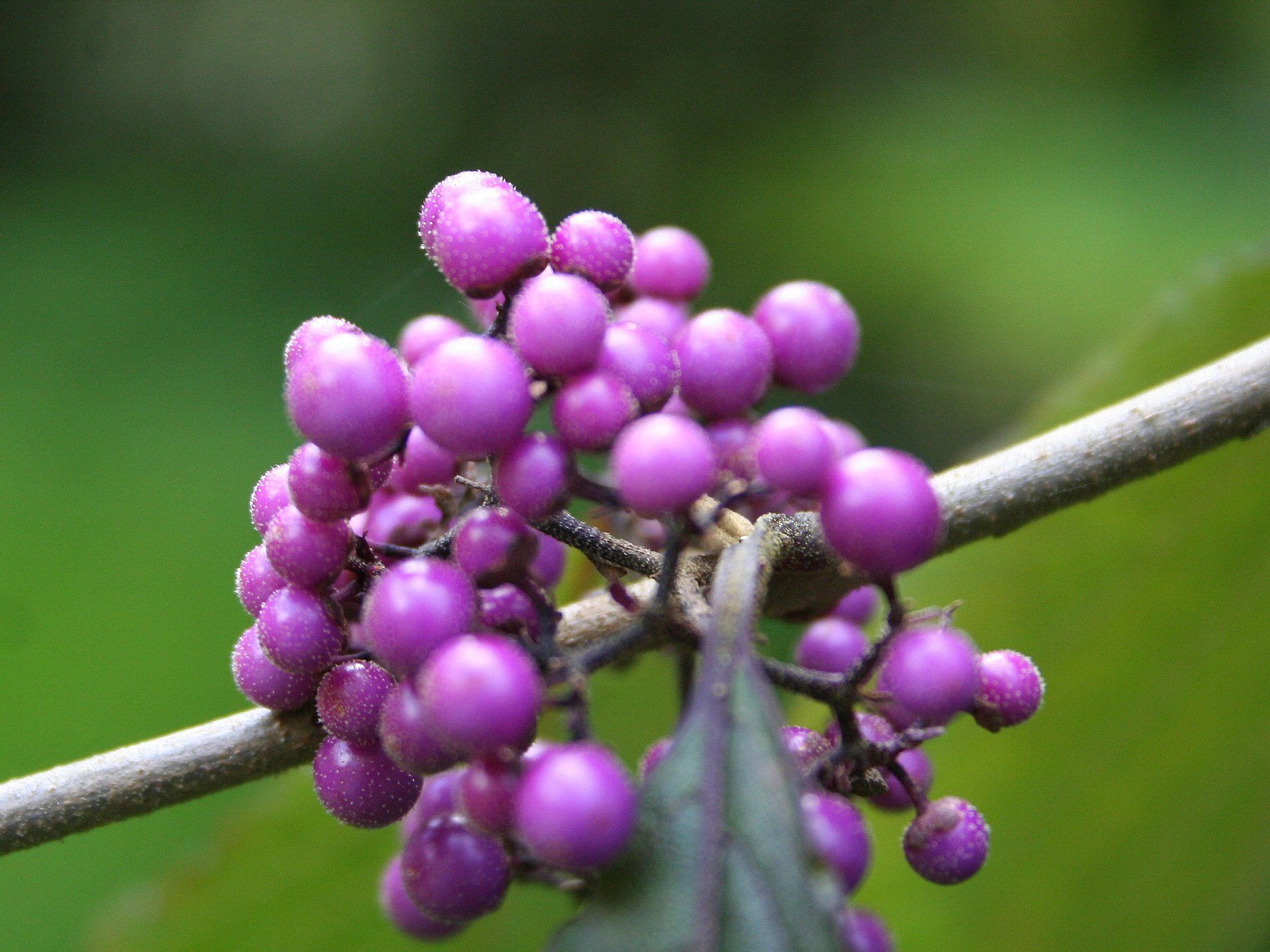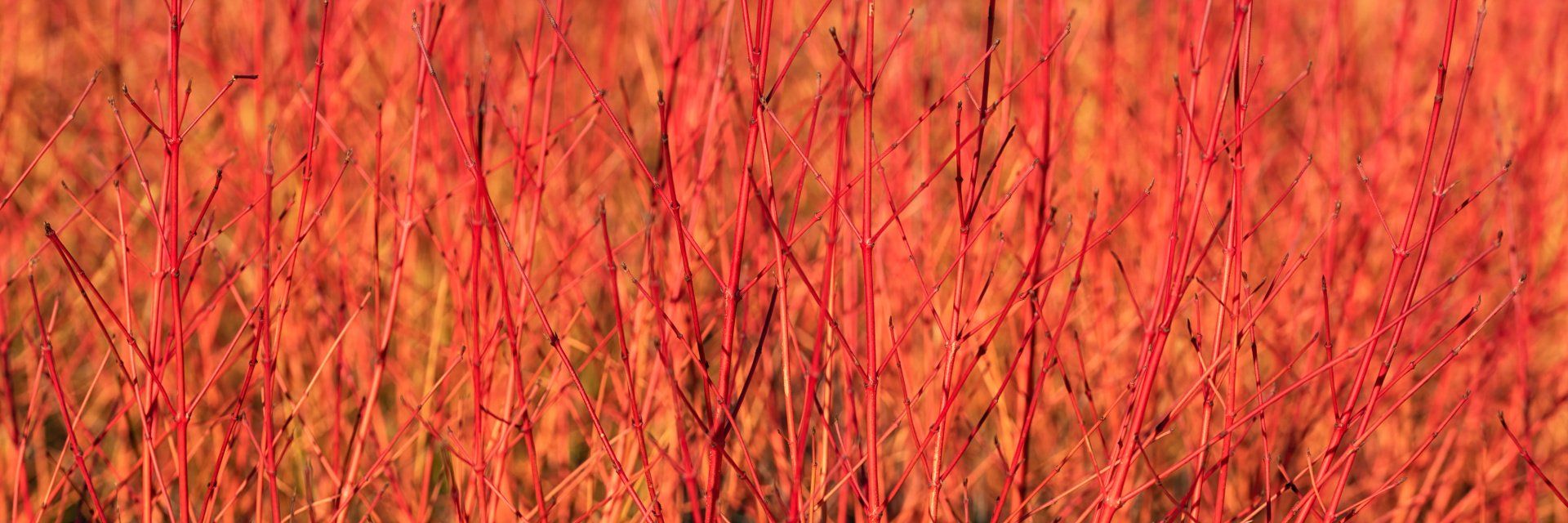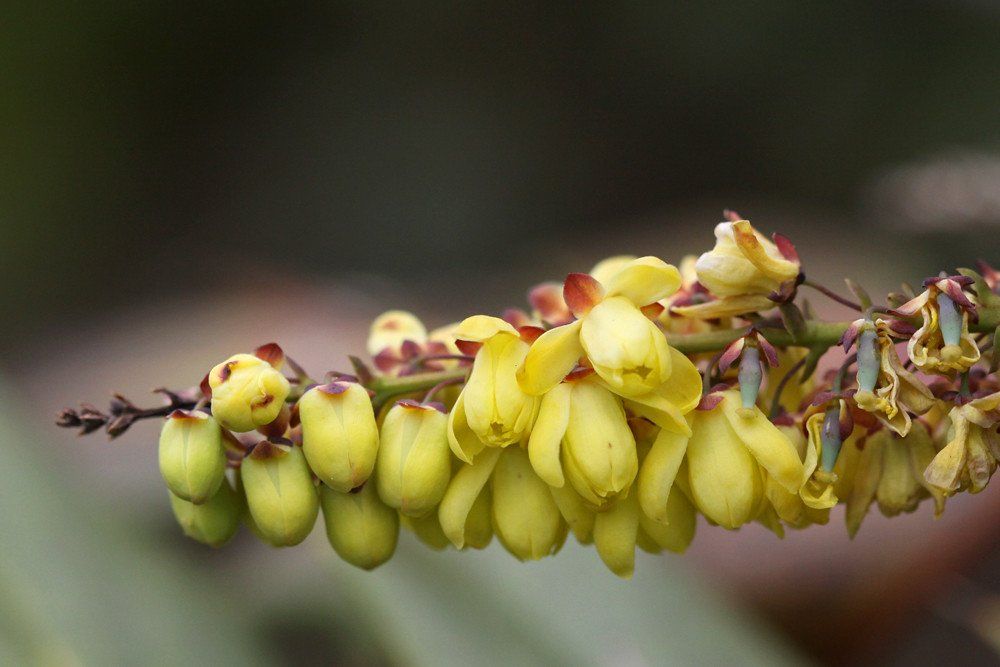Plant of the Week: Mahonia
Mahonia x media ‘Winter Sun’
is a UK-hardy, evergreen shrub with glossy holly-like leaves and bright yellow bell-shaped flowers that appear between November and March. It is an excellent choice for anyone seeking a shrub with year-round ornamental value, particularly when placed towards the back of a mixed border, where its prickly spines may help to deter unwanted intruders. Its spherical dark violet berries ripen in the Summer and attract a variety of songbirds, including robins and sparrows.
The plant is easy to grow, requires very little maintenance, and will tolerate most soils that aren’t waterlogged, including heavy clay. It does particularly well if placed in a shady and sheltered location but will also tolerate full sun. Encouraging your Mahonia to bush out by pruning back after flowering will lead to more profuse growth next season.
Mahonia x media was created by crossing
Mahonia japonica and
Mahonia oiwakensis (previously known as
Mahonia lomariifolia), which are native to Japan and China. In 1818, Thomas Nuttall, an English botanist and zoologist, identified the Mahonia genus and named it after his friend, Bernard McMahon, an American horticulturist who was also friends with Thomas Jefferson. Media is derived from the Latin word
medium, meaning ‘middle’, which is a reference to this plant being a cross.
The Mahonia x media ‘Winter Sun’ cultivar was first selected at Slieve Donard Nursery in Ireland in 1966 for its more fragrant flowers and compact growth habit.
Mahonia berries are edible and have been used in Chinese medicine for centuries. These fruits are packed full of vitamin C and antioxidants and grow in attractive clusters that match the appearance of the Mahonia flowers. These berries are covered in a whitish coating, which if touched will leave a visible mark. This is a natural wax coating that the plant itself produces to deter pests and trap moisture.

Mahonia berries are only fully ripe when they’ve gone through a couple of nights’ worth of freezing. At subzero temperatures, the chemical compounds that make the fruit taste bitter and acidic begin to break down, sugar chains are shortened, and the fruit becomes sweet. Rinse them thoroughly to remove any dirt, insects or foliage, and eat fresh or use them to make delicious jams, syrups, or even wines. However do beware, the dark-red juice will taint and stain anything it touches!
Want to learn more about plants and gardening?
Join our weekly
Garden group.





